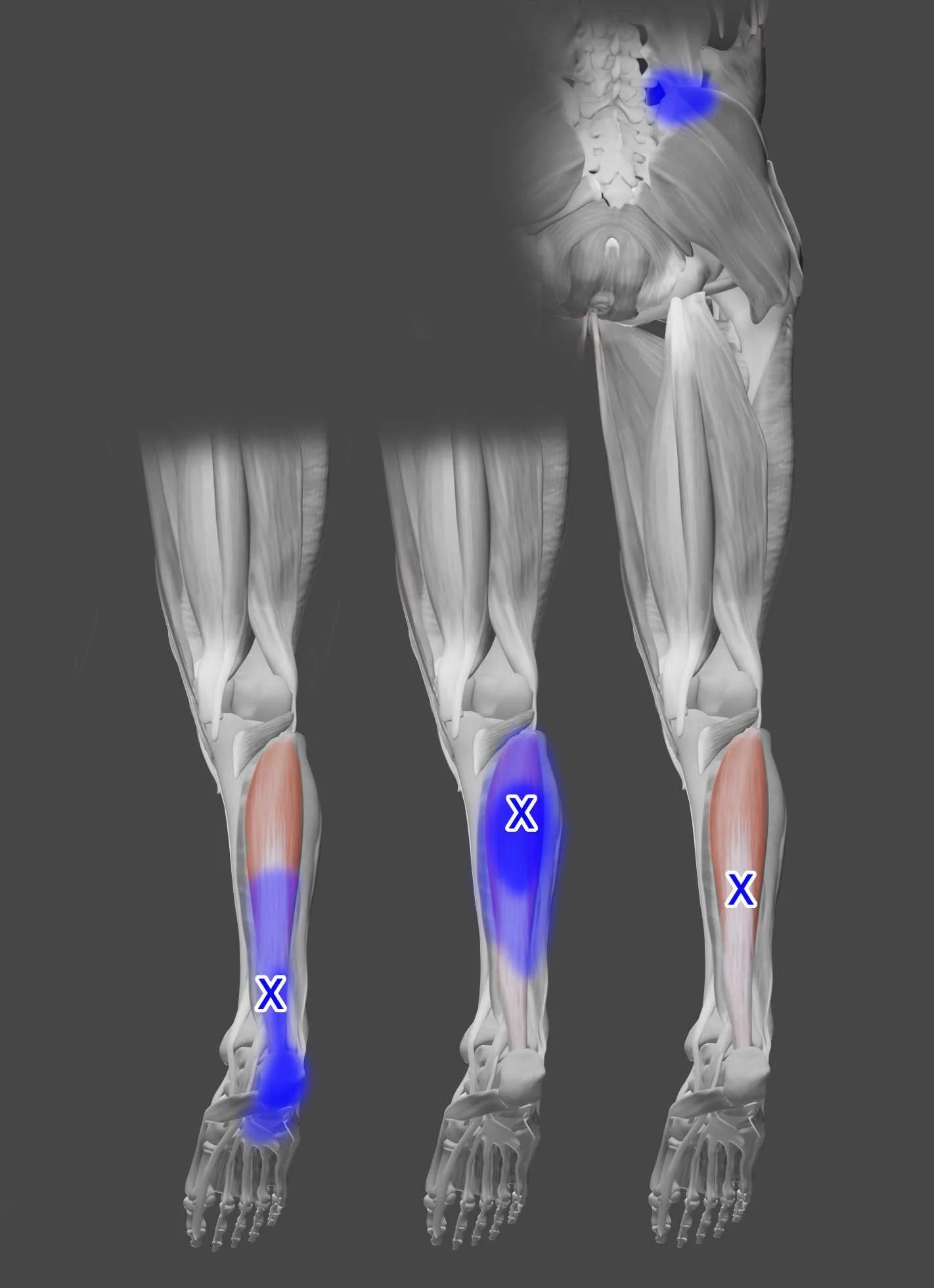
Dry Needling
In the realm of physiotherapy, practitioners continuously seek innovative techniques to alleviate pain and enhance healing. One such method gaining traction is dry needling. While relatively new compared to other modalities, dry needling has garnered attention for its effectiveness in managing various musculoskeletal issues. In this article, we delve into what dry needling entails and highlight its numerous benefits.
Understanding Dry Needling: Dry needling is a therapeutic technique used by trained physiotherapists to treat musculoskeletal pain and dysfunction. Unlike traditional acupuncture, which is rooted in Eastern medicine and targets meridian points to restore energy flow, dry needling focuses on releasing muscular trigger points and promoting tissue healing.
During a dry needling session, fine needles are inserted into specific areas of the body, such as muscles, tendons, ligaments, or fascia, without injecting any medication (hence the term "dry"). These needles target myofascial trigger points, which are hypersensitive areas within muscles that are associated with tightness, pain, and restricted movement.
Positive Effects of Dry Needling:
Pain Relief: One of the primary benefits of dry needling is its ability to provide immediate pain relief. By targeting trigger points, the needles stimulate the release of endorphins, which are the body's natural painkillers. Additionally, dry needling helps deactivate dysfunctional nerves, reducing pain signals sent to the brain.
Improved Muscle Function: Tight and overactive muscles can impede movement and lead to dysfunction. Dry needling helps relax these muscles by releasing tension and improving blood flow to the affected areas. This can result in enhanced muscle flexibility, range of motion, and overall function.
Faster Recovery: Athletes and individuals recovering from injuries often turn to dry needling to expedite the healing process. By promoting blood circulation and triggering the body's natural healing mechanisms, dry needling can accelerate tissue repair and reduce downtime.
Complementary to Other Therapies: Dry needling can be seamlessly integrated into existing physiotherapy treatment plans. It complements other modalities such as manual therapy, exercise therapy, and electrotherapy, enhancing the overall effectiveness of the rehabilitation process.
Minimally-Invasive and Safe: Unlike surgical procedures or invasive interventions, dry needling is a minimally invasive technique with minimal risk of complications when performed by a qualified practitioner. The needles used are extremely thin, causing little to no discomfort during insertion.
Addressing Root Causes: Rather than simply masking symptoms, dry needling targets the underlying causes of musculoskeletal pain and dysfunction. By addressing trigger points and restoring balance to the musculoskeletal system, it aims to provide long-term relief and prevent recurrence of symptoms.
Dry needling offers a promising approach to managing musculoskeletal pain and dysfunction, backed by growing evidence of its effectiveness. Whether used as a standalone treatment or in conjunction with other physiotherapy modalities, dry needling has the potential to significantly improve outcomes for patients seeking relief from a wide range of conditions. As with any therapeutic intervention, it's essential to consult with a qualified physiotherapist to determine if dry needling is suitable for your specific needs. Embracing innovative techniques like dry needling underscores the evolving nature of physiotherapy, as practitioners continue to explore new avenues for promoting health and well-being.



